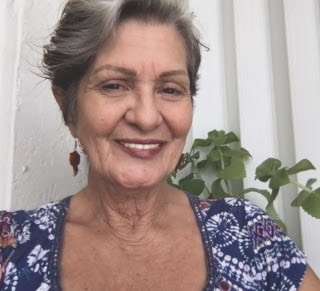In this post: A round-up of famous Hispanic poets from Spain and Latin America.
One of the best ways to teach children the beauty of learning a new language is by exposing them to poetry at a young age.
Recitation is a powerful skill for developing memory and brain power!
We use recitations throughout Level 1 and 2 of our Llamitas Spanish Curriculum with short verses from poems and nursery rhymes.
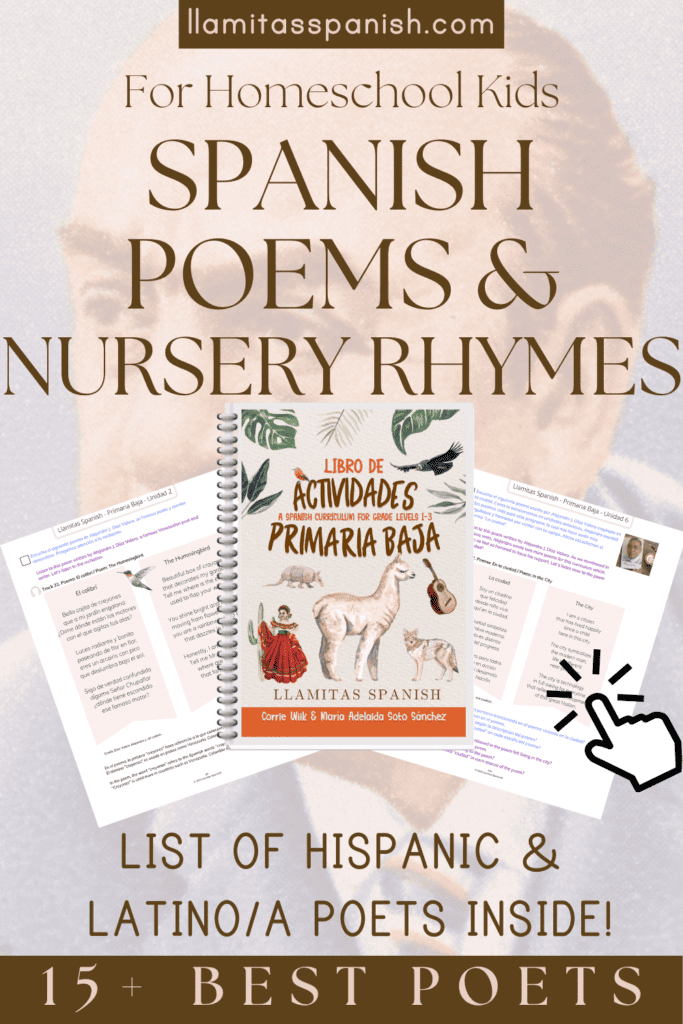
This post contains affiliate links. As an Amazon associate this site earns from qualifying purchases.
Our extra-curricular resources also include a list of Spanish Poetry Books for Kids that you can use to get started on helping your child develop a love for the literary art of poetry while improving their Spanish language skills!
Also, to help you become more familiar with the world of Spanish-language poetry, we’ve compiled a list of some of our favorite poets from Spain and Latin America.
This list includes poets dating back all the way to the 16th Century, as well as contemporary poets that are still alive and writing poems today.
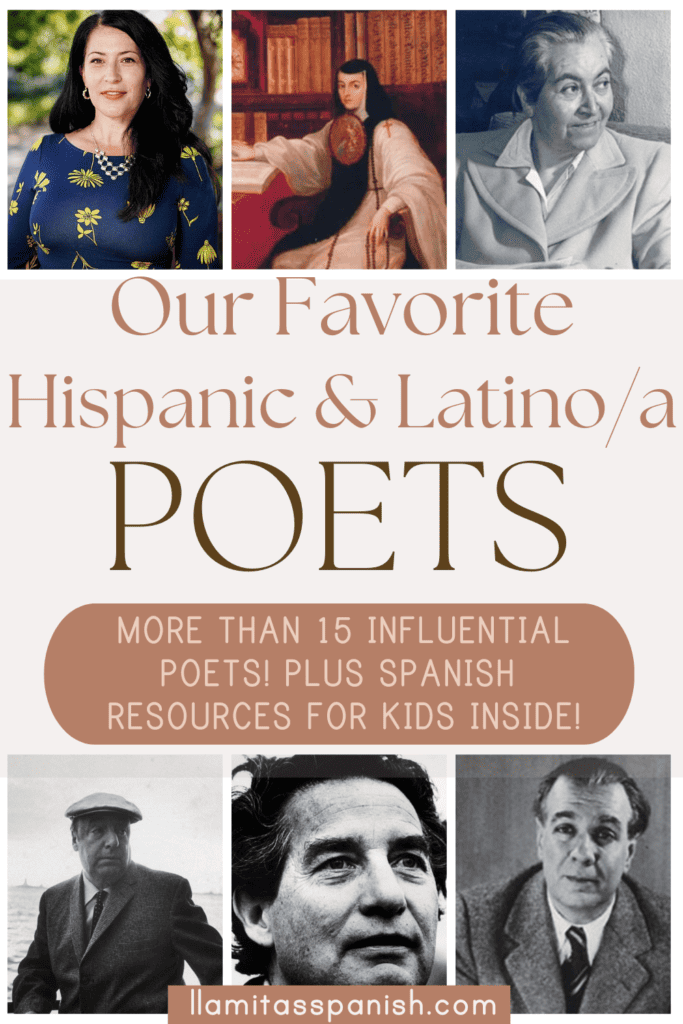
Table of Contents
17 Famous Hispanic and Latino Poets
Ada Limón
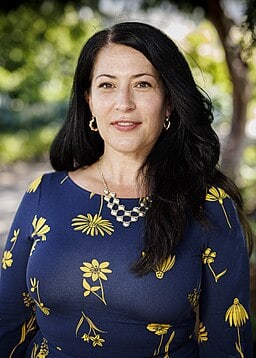
Ada Limón is a contemporary Mexican-American poet who was born on March 28, 1976.
Ada’s collections of poetry, which include several volumes, feature personal poems written in various styles, with themes about her own life as well as the lives of people in her community.
Her most famous publications include: The Hurting Kind (2022, Milkweed Editions), The Carrying (2018, Milkweed Editions), and Bright Dead Things (2015, Milkweed Editions).
On July 12, 2022, the U.S. Library of Congress named Ada Limón the 24th Poet Laureate of the United States. Ada is the first Latina woman to ever receive this honor.
Alejandro Díaz Valero

Another contemporary poet who was born on December 16, 1960, in Maracaibo, Venezuela and is still living and writing today.
Alejandro has made a career as a public accountant, an attorney, and a poet. His poetry holds an important place in Venezuelan literature, and his poems describe the details of the world around him.
Alejandro has also written many volumes of poems for children and has published over 3500 works that include stories, poems, and essays, which appear in four books that he wrote and published in Spanish: Fábulas y poemas infantiles (2012), Fábulas y otras reflexiones (2014), Retahílas, trabalenguas y adivinanzas (2014), and Entre pupitres y plastilinas (2014).
Alejandro Díaz Valero also wrote several poems especially for our Llamitas Spanish familia, which you can find in our Level 2 Curriculum.
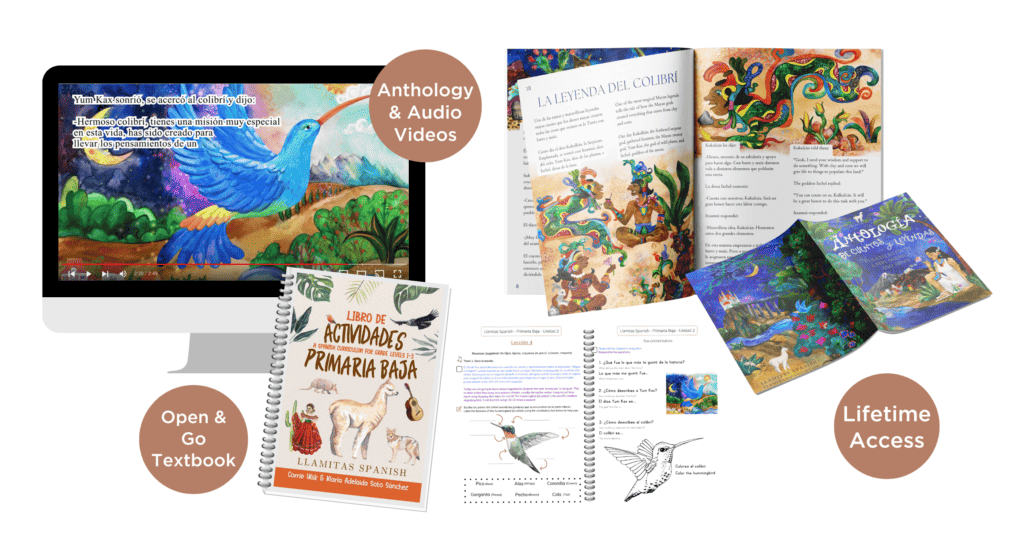
He also gave us permission to use his famous poem ‘El colibrí’ in our Level 2 unit 2, which is all about birds.
Antonio Machado
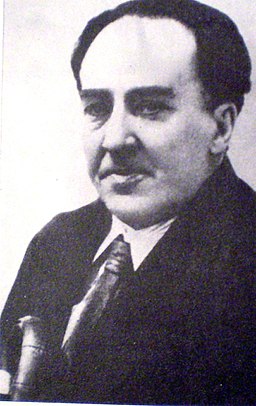
Antonio Machado was a Spanish poet born on July 26, 1875, in the city of Seville, Spain. Machado became a leader of the Spanish literary movement known as the ‘Generation of ’98’ and developed a style of poetry that was called ‘modernism’.
Over the years, Machado’s poems became more romantic, and marked by symbolism. Antonio Machado eventually left Spain and moved to France, and died on February 22, 1939, at the age of 63.
Among his most famous poems is one called “Proverbios y Cantares” which was popularized in the 1960’s by a famous Spanish singer named Joan Manuel Serrat, who recorded an entire album of songs composed from Antonio Machado’s poems.
This song became a big hit across the entire Spanish-speaking world, and that’s how this poem became one of the most famous Spanish poems in contemporary culture.
Dulce María Loynaz
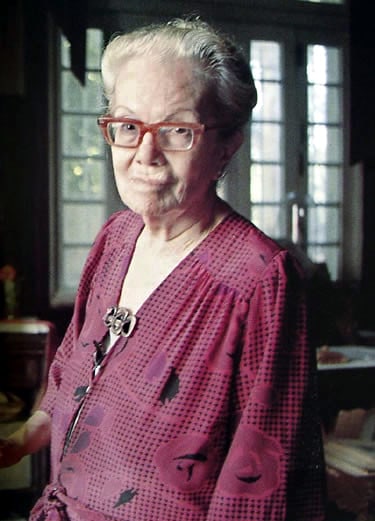
She was a Cuban poet born on December 10, 1902 in Havana. Considered one of the principal figures in Cuban literature, Dulce María wrote about her life, about love, nature, and about her patriotism and love of her country.
Coming from a wealthy family, Dulce María had the privilege of traveling the world and meeting other great literary figures of the time. She also earned a law degree and practiced law briefly before giving up her legal career to concentrate on her poetry.
Dulce María was awarded the Miguel Cervantes Prize in Literature in 1992 and her works have been translated to many languages. Two of her most famous volumes of poetry are titled “Absolute Solitude” and “Poems without Names,” which includes short poems written for her mother.
Dulce María died in 1997 at the age of 95 in Havana.
Federico García Lorca
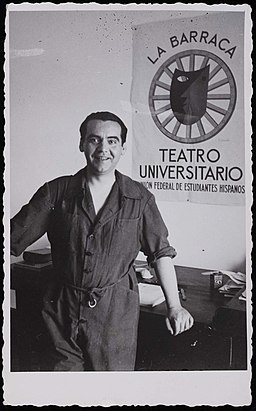
Federico García Lorca is one of the most famous Spanish-language writers of all time, even though he died at a young age and his short career spanned only 19 years.
Federico was born on June 5, 1898, in the province of Granada, in the region of Andalucía, Spain. Often referred to simply as “Lorca,” Federico became renowned for his many works describing and celebrating the life of gypsies in Andalucía.
Lorca’s works are famous throughout the world and have been translated to hundreds of languages. Some of his most famous poems appear in his poetry collection titled “Romancero gitano” which was published in 1928.
Federico also wrote many plays and helped to usher in what became known as the Second Golden Age of Spanish Literature during the early 1930s.
Because Lorca opposed the Spanish government that was in power at the time, he was taken prisoner and executed by a firing squad during the Spanish Civil War in 1936. He was only 38 years old when he died.
Gabriela Mistral

Gabriela Mistral is the pseudonym used by a famous Chilean poet who was born in 1889 in Vicuña, Chile as Lucila Godoy y Alcayaga.
Gabriela’s father was a poet, so she began to write poetry herself while working as an elementary school teacher for many years, and became involved in reforming the educational systems in Chile and Mexico.
Eventually, Gabriela’s poems became well-known and she became a world-renowned poet, popularizing the literature and poetry of Latin America around the world, and becoming the first Latin American author to win the coveted Nobel Prize in Literature.
Gabriela later taught Spanish at several universities across the United States and Puerto Rico. Some of her most famous poems include “Piececitos de Niño,” “Todas Íbamos a ser Reinas,” and “La Flor del Aire.”
Gabriela also became well-known for publishing approximately 800 essays and articles in international magazines, newspapers, and literary journals.
Jorge Luis Borges

Jorge Luis Borges was an Argentine poet, essayist, and short-story writer, who became one of the most important names in Spanish-language and international literature.
Born on August 24, 1899, in Buenos Aires, Argentina, Jorge Luis was raised in a bilingual home in which English was actually his first language, although he wrote and published the vast majority of his work in Spanish.
Jorge Luis began having trouble with his vision early in his childhood, and by the time he was 55 years old, he had become completely blind. Nevertheless, he published a vast array of books and stories that revolve around fictional places and transport readers to magical fantasy worlds inhabited by mythical creatures.
Jorge Luis Borges left Buenos Aires and moved to Spain, and later to Geneva, Switzerland, where he died at the age of 86 on June 14, 1986. Jorge Luis Borges’ work is translated to many languages, and his first collection of poems “Fervor de Buenos Aires” is still widely read today.
José Martí
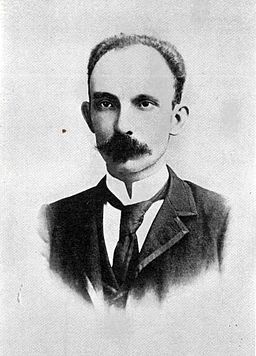
José Martí was a Cuban poet, essayist, journalist, translator, professor, and publisher, as well as a philosopher and Cuban nationalist.
He was born on January 28, 1853, in Havana, Cuba and died on the battlefield fighting fiercely for Cuban independence from Spain in 1898 at only 42 years of age.
Martí is considered a national hero in Cuba because of his act of courage, but he also became a highly important figure in Latin American literature thanks to the many volumes of poems, prose, and essays that he wrote and published.
Because he lived in the United States for many years, Martí became fluent in English as well as Spanish. His most famous work “Versos Sencillos” was a collection of short simple verses that have been set to music as the lyrics to the famous Cuban folk song “Guantanamera.”
Julia Alvarez
Julia Alvarez is a contemporary Dominican-American poet, novelist and essayist, born on March 27, 1950 in New York.
Julia is still very much alive and working in a movement known as New Formalism. While she is best known for her novels, her poetry collections include Homecoming (1984) and The Woman I Kept to Myself (2004).
Julia has also written several children’s books including The Secret Footprints published in 2002, and her famous “Tía Lola“ book series.
Although Julia was born in New York, she spent her childhood growing up in the Dominican Republic, until her family was forced to leave the country for political reasons.
Julia’s poems center on themes of identity, immigration, and assimilation. Her work also challenges expectations surrounding the traditional role of women, as well as confronting racial and cultural stereotypes.
Julia de Burgos
Julia de Burgos was a Puerto Rican poet and advocate for Puerto Rican independence who was born in 1914 and died in 1953 at the young age of 39.
Julia was involved in the Puerto Rican Nationalist Party as well as the civil rights movement and the women’s liberation movement, and she was an advocate for women and Afro-Caribbean writers.
Julia’s poetry often described the hardships of living in a sexist society and the struggles this poses in romantic love, as well as poems about her homeland and her love for Puerto Rico.
Her first poem “Río Grande de Loíza,” is about growing up along the coast of Puerto Rico’s great Loíza river, in the Puerto Rican town that has the strongest African Diaspora culture. It still stands as one of Julia de Burgos’ most famous poems.
Nicolás Guillén
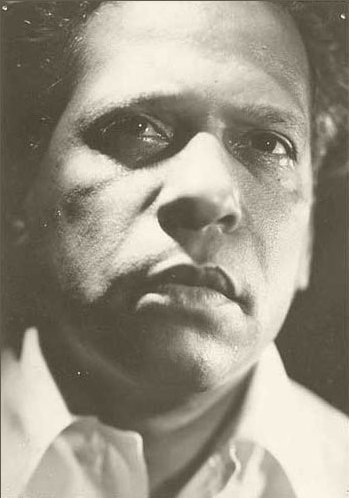
Nicolás Guillén was a Black Cuban poet, journalist, and political activist, born on July 10, 1902 in the Cuban city of Camagüey, who for decades served as the national poet of Cuba.
Nicolás studied law at the University of Havana, but abandoned his legal career to work instead as a writer, journalist, and typographer.
Nicolás’ poems celebrate Afro Caribbean culture, often using words that are derived from African languages and mixed with Spanish to create rhythmic poems that are lots of fun to recite aloud.
His most famous poem, “Motivos de son,” from the collection titled Sóngoro consongo, is an example of this style of writing, fusing West African and Spanish literary styles.
Nicolás Guillén died at the age of 87 on July 16, 1989 in Havana.
Octavio Paz
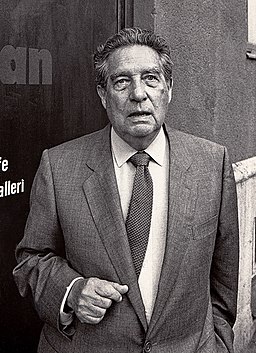
Octavio Paz was a Mexican poet and diplomat born on March 31, 1914, in Mexico City, Mexico.
Octavio’s most famous work is a long poem entitled “El laberinto de la soledad” in which he describes life in Mexico, and heavily criticizes the social ills of Mexican society.
This work established Octavio Paz as a major literary figure during the decade of the 1950s. His work became famous all over the world, and he was awarded several prizes during his career, including the Jerusalem Prize in 1977, the Miguel de Cervantes Prize in 1981, the Neustadt International Prize for Literature in 1982, and the coveted Nobel Prize in Literature in 1990.
Octavio Paz died on April 19, 1998 at the age of 84 in Mexico City, Mexico.
Pablo Neruda
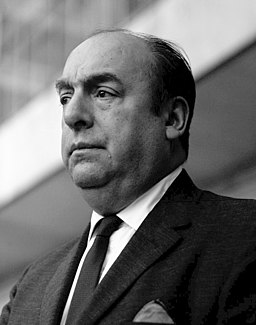
Pablo Neruda is the pseudonym of one of the most famous poets ever to emerge from Latin America.
Neruda was born Ricardo Eliécer Neftalí Reyes Basoalto on July 12, 1904 in Parral, Maule Region, Chile. He started writing poetry as a child, and was already known as a poet by the time he was 13 years old.
He later studied with poet Gabriela Mistral, who took him under her wing and inspired him. His poetry is written in a variety of styles and covers a variety of topics, but he is especially known for his beautiful love poems.
Pablo Neruda won the Nobel Prize in Literature in 1971, and died in Santiago de Chile on September 23, 1973. One of his most beloved poems is a love poem titled “Tonight I can Write the Saddest Lines.”
His works have been translated to many languages and are still widely read around the world.
Richard Blanco
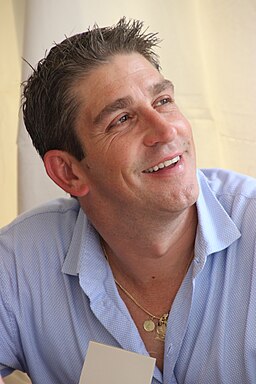
Richard Blanco was born on February 15, 1968 and is a contemporary Cuban-American poet, author, public speaker, and civil engineer, living and writing in the United States.
Richard was selected as President Barack Obama’s inaugural poet for his second inauguration, and was the fifth poet ever to read at the inauguration of a United States president.
His most famous poem is titled “One Today” which is the poem he read at that famed inauguration. It talks about the different cultures that live together in the U.S. This beautiful poem was also published as a colorful children’s book.
Richard Blanco made history as the first immigrant, the first Latino man, the first openly gay person, and at the time, the youngest person ever, to be selected as U.S. inaugural poet.
Rubén Darío

Rubén Darío was a Nicaraguan poet born on January 18, 1867, in what is now Ciudad Darío, Nicaragua.
He became known for his representation of the Spanish-language literary movement known as modernismo, which became popular in the late 1800s.
Darío wrote poems about love, nature, and about the role of the artist in society. He became an important Latin American literary figure, and his influence on the 20th-century literature and journalism of the Americas was significant.
Darío died on February 6, 1916 at the age of 49 in the city of, León, Nicaragua. His most notable works include the volumes Azul, Prosas Profanas y otros poemas, Cantos de vida y esperanza, and Canto a la Argentina y otros poemas.
Sor Juana Inez de la Cruz
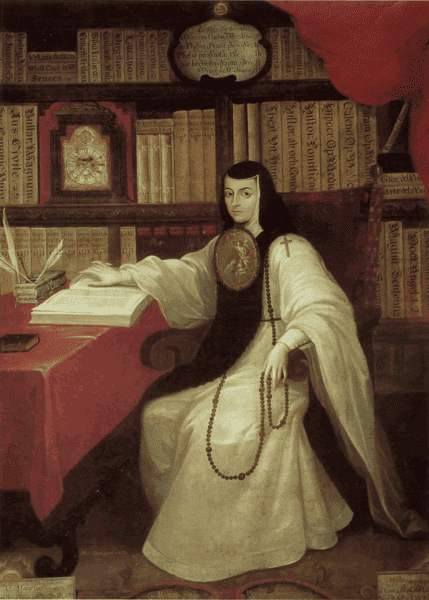
Sor Juana Inez de la Cruz is the oldest poet on our list, born on November 12, 1648 and dating back all the way to the 17th Century, but she is a poet that we feel is still very important today.
Sor Juana Inez was a Mexican Hieronymite nun who became a writer, philosopher, composer and poet of the Baroque period.
Nicknamed “The Tenth Muse” and “The Phoenix of America” by literary figures of the times who knew her work, Sor Juana Inez wrote poems that would today be considered “feminist,” defending the rights of women, celebrating women’s intelligence, and denouncing the foolish behavior of men.
In fact, one of her most famous poems “Hombres necios” (“Foolish Men”) criticizes men for their foolish and stubborn behavior. Sor Juana Inés de la Cruz died in Mexico City on April 17, 1695 at the age of 46.
William Carlos Williams

Born in Rutherford, New Jersey on September 17, 1883, William’s father was an Englishman who happened to grow up in the Dominican Republic, and his mother was a Puerto Rican of French descent born and raised in Mayaguez, Puerto Rico.
Because his parents spoke Spanish at home, William Carlos grew up in a bilingual household, speaking Spanish as his first language, although he is famous for his poetry in English.
Even though he grew up in New Jersey, William Carlos’ poems are influenced in large part by his parents’ love for Caribbean culture and customs.
In addition to being a writer and poet, William Carlos Williams was also a doctor. He wrote his famous poem “The Red Wheelbarrow” while tending to one of his patients that was a young girl at risk of losing her life.
William Carlos Williams died on March 3, 1963, becoming one of the most well-loved American poets of his generation.
To help your child get more exposure to the Spanish language, we recommend adding extra-curricular bundles to the Llamitas Curriculum to provide thematic activities that make learning fun.
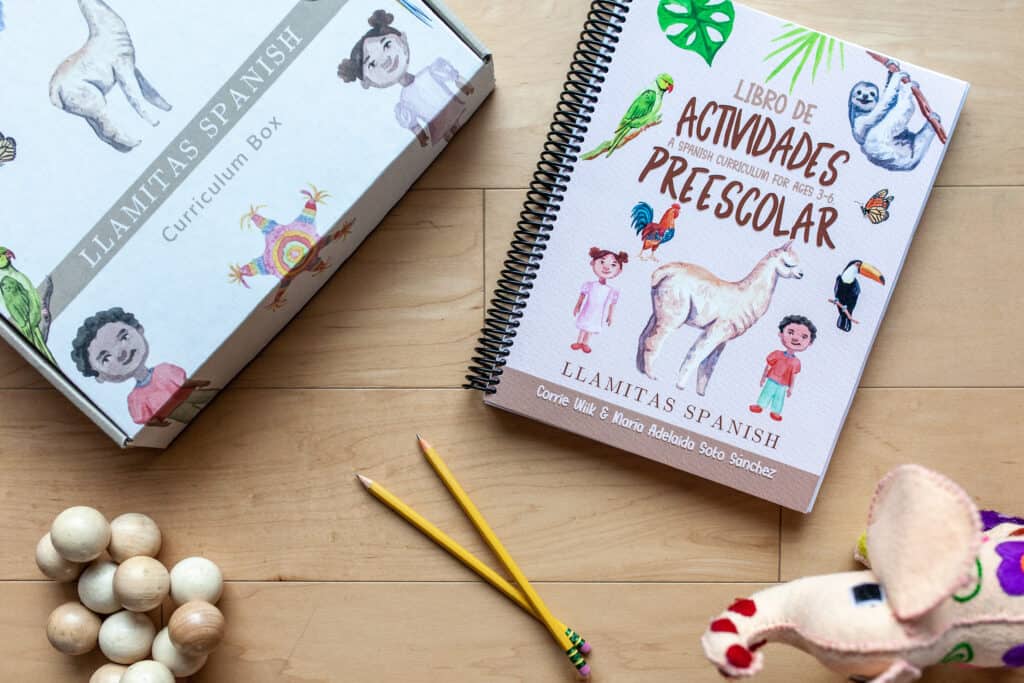
Many of our Spanish Seasonal Units include poems, songs, and nursery rhymes to help enhance language fluency as well as the love of language.
We also provide a great list of Spanish songs and poems that you and your children can enjoy at the following links:

